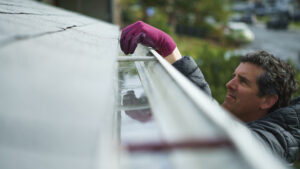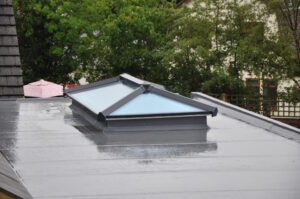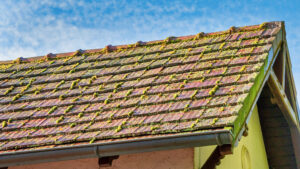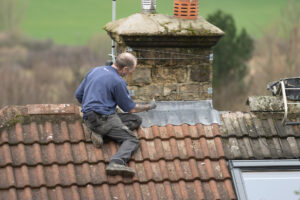When ice dams are specifically formed within the valley of your roof, they are referred to as roof valley ice dams. Roof valleys are channels that slope downwards where two sections of a roof connect – they form a V-shape. The ice dams are formed in these valleys when the melting snow refreezes in the valley portion or the lower edge – where the roof is colder. Fluctuating temperatures, inadequate insulation, or poor ventilation are some of the common factors that cause the formation of ice dams in the roof valley.
What Happens When Ice Dams are Formed in the Roof Valleys?
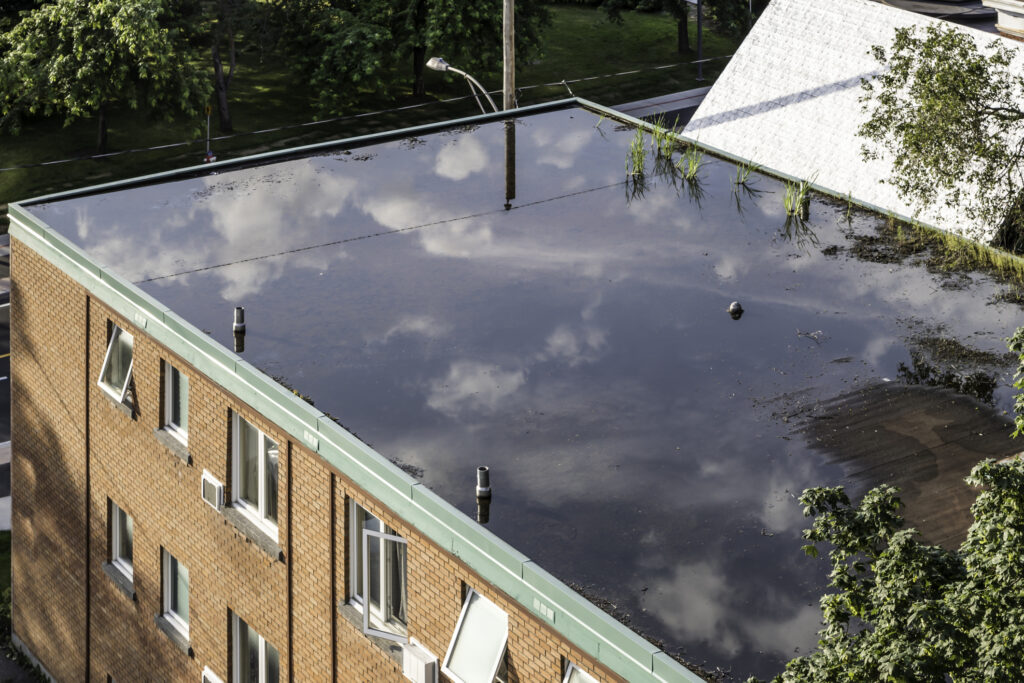
The formation of ice dams in the roof valleys is not a good sign. Many problems may arise, some of which have been mentioned below:
Water Pooling
When ice dams are formed in roof valleys, they prevent melting snow from flowing naturally, which leads to water collecting behind the dam. Large volumes of trapped water may form on the roof as a result of this pooling.
Undermined Drainage
The usual drainage system is interfered with by the build-up of ice dams, which stops water from draining off the roof as it should happen. This compromises the roof’s ability to shed water efficiently.
Roof Leaks
Water that has been trapped can find other ways to move out and even seep beneath roofing tiles. This infiltration raises the possibility of roof leaks, which could result in internal building water damage.
Interior Damage
Water that seeps into the interior can harm insulation, walls, ceilings, and other roof elements. Unattractive stains, material deterioration, and reduced structural integrity are some of the further problems that homeowners may have to face.
Mould and Mildew Growth
Mould and mildew can grow in an atmosphere that is favourable to their existence, which is caused because of moisture from roof leaks. This may put the health of people residing in the building at risk and further call for expensive clean-up procedures.
Structural Strain
When trapped water and ice dam weight are combined, the roof structure may be subjected to considerable pressure. Over time, this strain could cause structural problems that would jeopardize the stability of the entire roofing system.
Damaged Gutters and Eaves
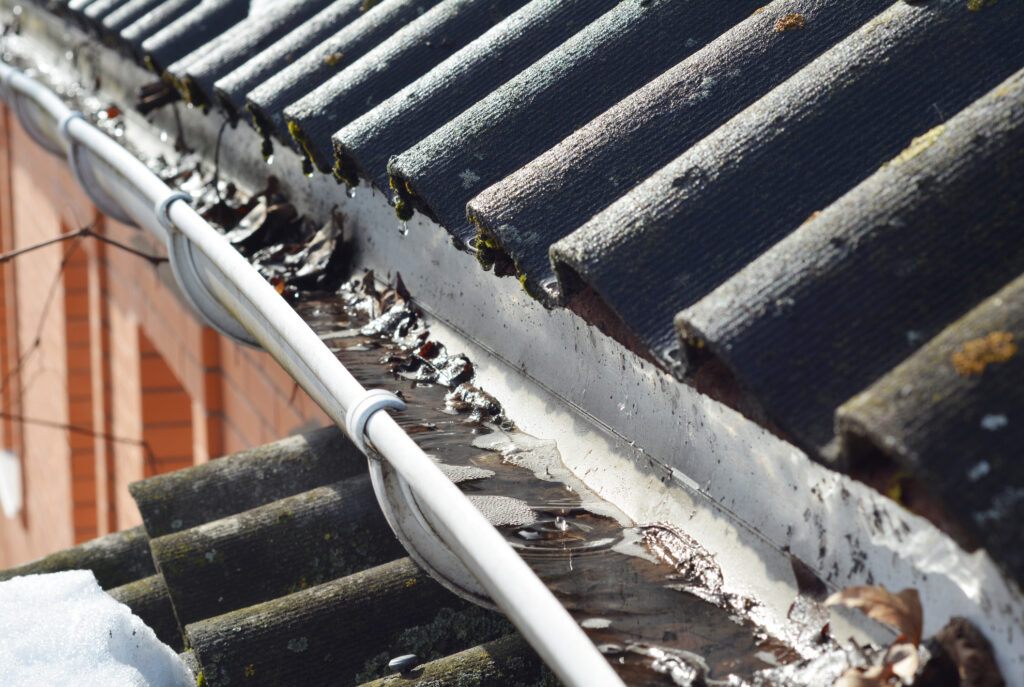
The continuous freezing and thawing of ice dams will cause damage to the gutter and eaves of the roof system. Gutter sagging or detachment may occur from this and require a replacement.
Compromised Insulation
Water seeping through the insulation in the attic might reduce its efficacy. This affects energy efficiency and drives up heating expenses at the same time.
Aesthetic Degradation
The building’s external look may be damaged by the existence of ice dams and the subsequent water damage. Watermarks, flaking paint, and stains on the walls and ceilings diminish the overall appearance.
Increased Maintenance Costs
The aftermath of ice dams necessitates considerable clean-up and repairs. Increased maintenance expenses have a negative effect on homeowners’ time and finances.
Professional Handling of Roof Valley Ice Dams
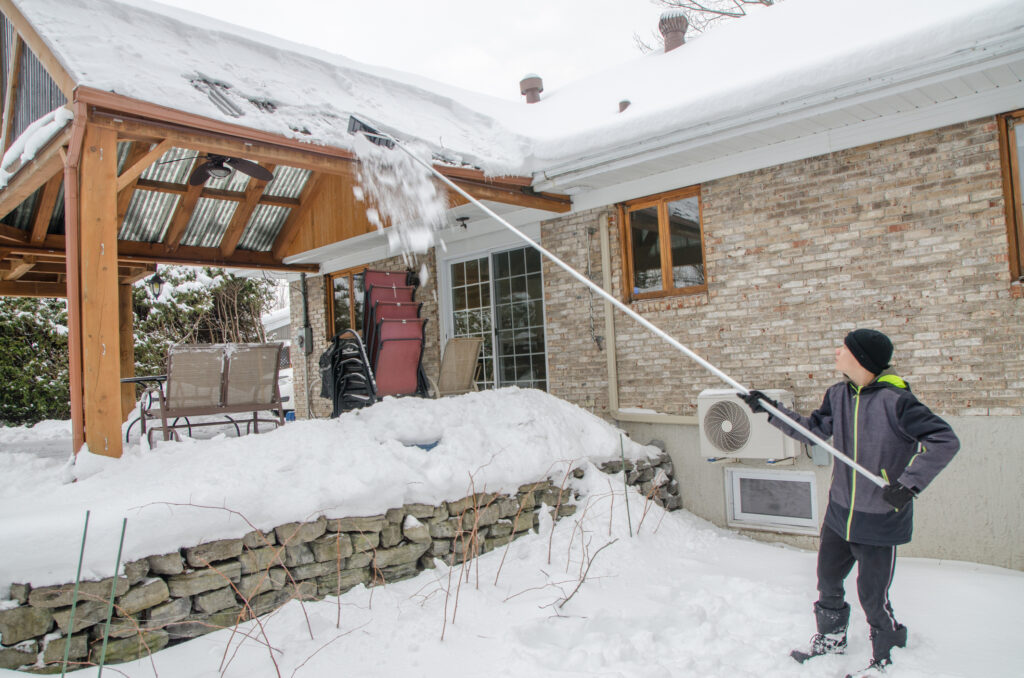
Ice dam formation in the roof valleys is not a good sign. We already discussed the problems that may be caused to your roofing system and the building. Hence, it is significant that you let a professional handle it. WABO Roofing ensures that any ice dam formation on your roof is taken care of professionally, ensuring the prevention of ice dams in the future.
Specialized Tools
We use special tools such as shovels and roof rakes that have non-abrasive edges to carefully remove the snow and ice that have frozen in the roof valleys. It helps in unblocking the path and makes way for the water to flow easily.
Heat Cables or Roof Heating Systems
As experts, we use heat cables or roof heating systems along the roof valleys in order to fix this problem. This strategic approach aims to create channels through the existing ice, facilitating the safe drainage of melted water. By putting these measures in place, we try to stop the creation of ice dam formation in the future in addition to solving the present issue of ice dams.
Low-Pressure Steam
Our team members also use low-pressure steam engines for ice dams that are difficult to remove. This methodical steam treatment dissolves the ice efficiently without endangering the roofing material.
Preventive Measures
Professionals like us also like to concentrate on preventive measures in addition to prompt removal of the ice dams in the roof valley. To address the underlying reasons for ice dam formation, we also fix air leaks, strengthen ventilation, and upgrade attic insulation.
Gutter Maintenance
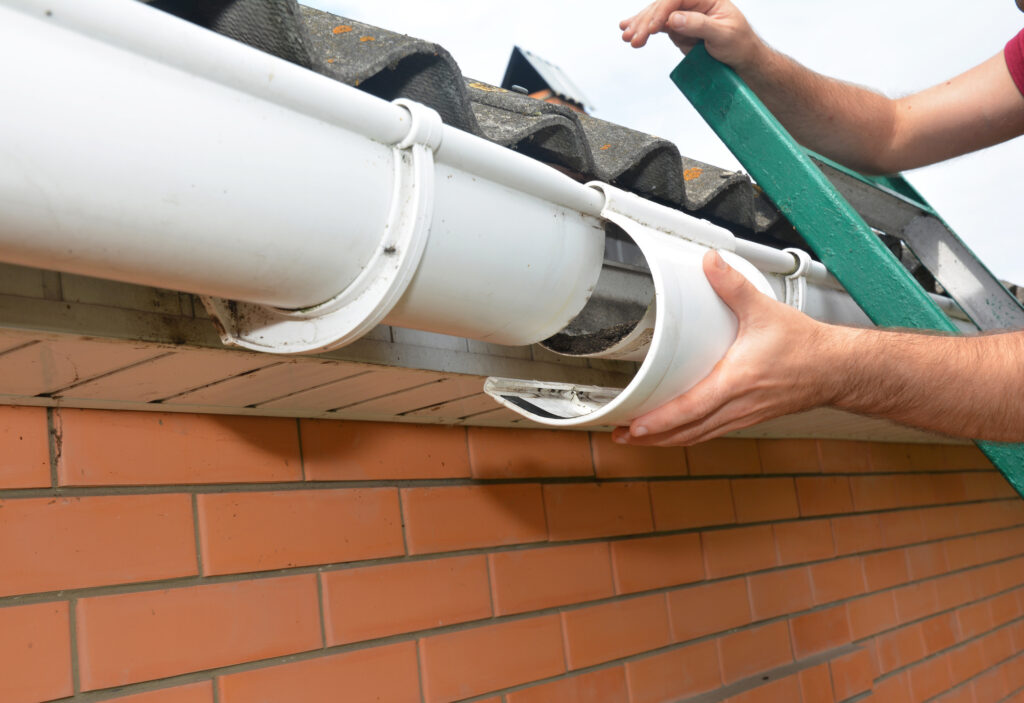
We also perform gutter maintenance and inspection and guarantee appropriate water flow. This could include removing debris, fixing damages, and setting up gutter guards to stop clogs in the future.
Roof Repairs
Any damages that the ice dams may have caused also need to be taken care of. Damages, such as leaks or damaged shingles, are fixed. To retain the structural integrity of the roofing system, experts carry out the required roof repairs and maintenance.
Insulation
WABO Roofing experts also evaluate and improve attic insulation to reduce heat loss. Inadequate insulation causes the melting water to freeze, which results in the formation of ice dams. By keeping the temperature of the roof constant, proper insulation helps prevent conditions that lead to the formation of ice dams.
Professional Maintenance
Professionals at WABO Roofing can help you fix ice dam formation in the roof valley and prevent any further expensive maintenance costs that you may have to incur. It is important that skilled people take care of the issue so that the integrity of your roof system is not compromised.

